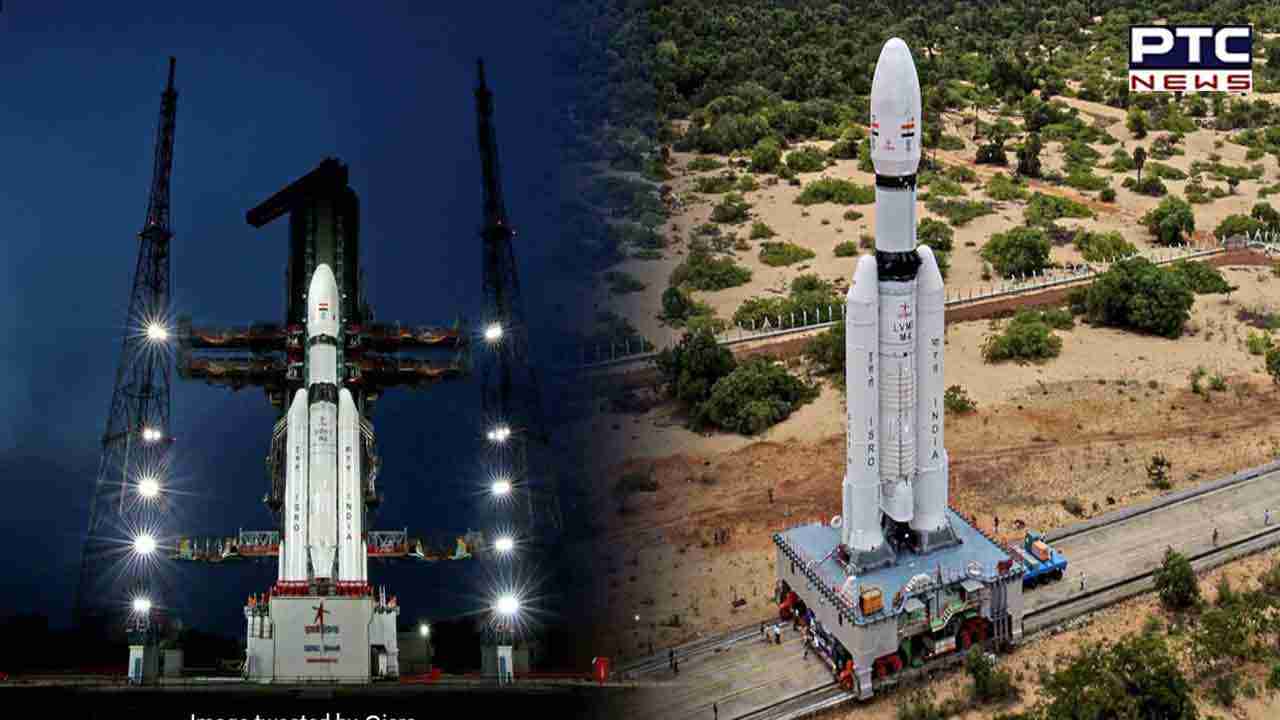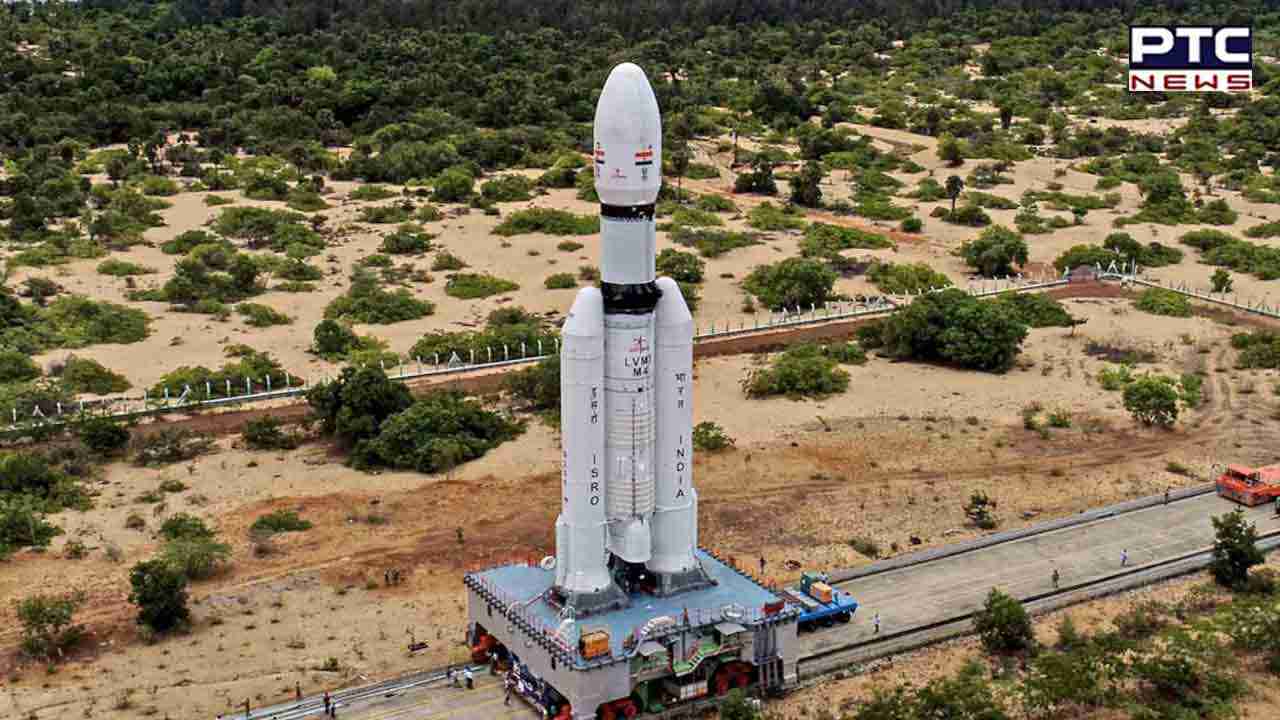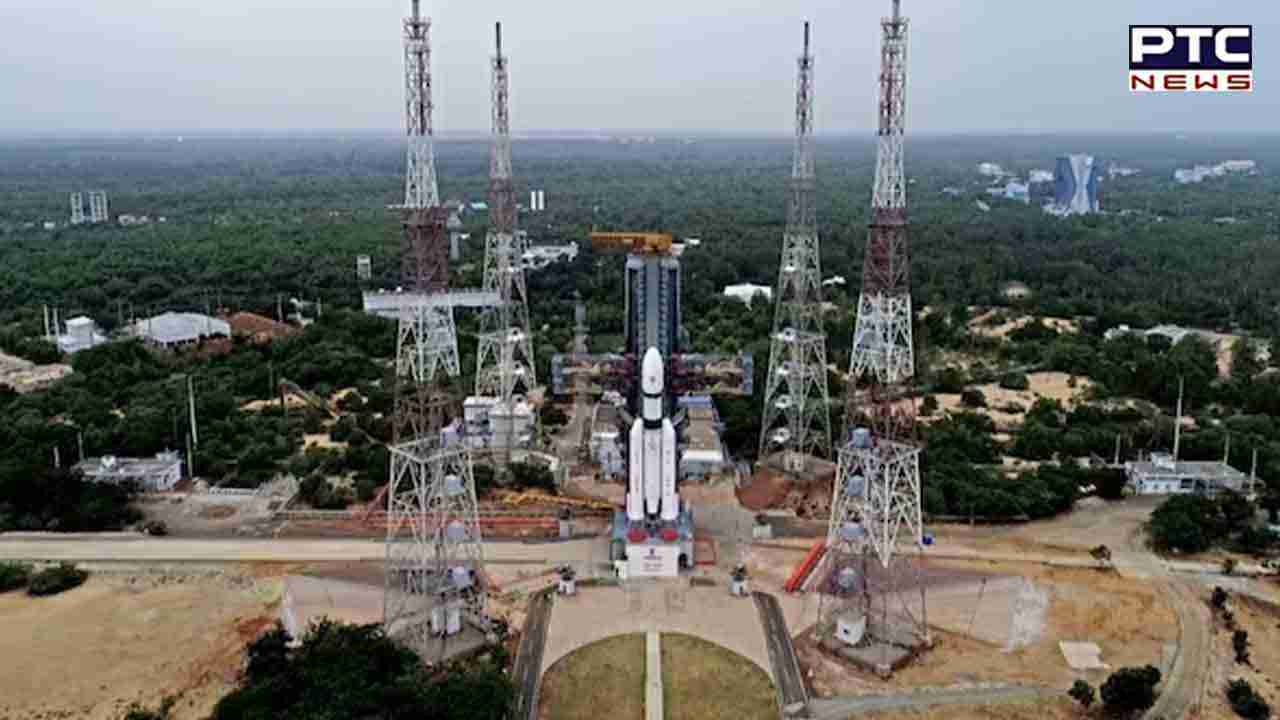

India's upgraded Bahubali Rocket' set to launch Chandrayaan-3 mission for moon landing
New Delhi, July 13: India's advanced 'Bahubali' rocket is poised at the Bay of Bengal in Sriharikota, Andhra Pradesh, awaiting its mission to launch India's Chandrayaan-3 satellite towards the moon. This critical endeavor seeks to achieve a soft landing on a celestial body, marking India's third lunar expedition. If all goes as planned, the launch is scheduled for Friday (July 14) at 2:35 pm.
The moon, referred to as 'chanda mama' in Indian folklore, symbolizes the loving uncle. In other cultures, Artemis embodies the moon as a female goddess. While the Chandrayaan mission represents India's indigenous lunar exploration effort, the Artemis Program signifies America's endeavor to return to the moon in the 21st century. Interestingly, India's Chandrayaan-1 mission in 2008 seemed to awaken the US from its nearly 50-year lunar hiatus, ultimately giving rise to the ambitious Artemis Program in 2018.

Chandrayaan-3 marks India's third moon mission, with a satellite weighing 3921 kilograms set for a nearly 400,000-kilometer journey. The upgraded 'Bahubali' rocket, now known as the Launch Vehicle Mark 3 (LM-3), weighs a massive 642 tons, equivalent to the combined weight of approximately 130 fully grown Asian elephants. Towering at a height of 43.5 meters, the rocket stands more than half the height of the Qutub Minar, which measures 72 meters.
This launch will mark the sixth flight of the rocket, which boasts a 100% success rate thus far. Consequently, expectations are high for a successful liftoff from India's spaceport.
Chandrayaan-3 represents a significant scientific mission aimed at achieving a soft landing near the moon's south pole. The satellite carries seven scientific instruments, and if successful, India will become the fourth country, after Russia, the USA, and China, to achieve a soft lunar landing, as confirmed by Mr. S Somanath, Chairman of the Indian Space Research Organisation (ISRO).

The SUV-sized satellite primarily serves as a large propulsion module, intended to guide the Vikram Lander and Pragyaan Rover into lunar orbit. If all goes according to plan, the earliest attempted lunar landing will be on August 23.
Also Read: Heroic man's dramatic rescue of dog from raging waters in Chandigarh captivates the tnternet
India hopes to conduct soil analysis, explore the lunar surface, and record moonquakes through the Chandrayaan-3 mission. If successful, we may witness the first-ever Indian selfies from the lunar surface, showcasing the country's flag, as both the Indian robots, Vikram and Pragyaan, bear the imprint of India's tricolor. Equipped with strategically placed cameras, this technological advancement aligns with the social media era.
India's first lunar mission, Chandrayaan-1, launched in 2008, involved an orbiter that unfortunately ceased functioning midway. However, it made a groundbreaking discovery by revealing the presence of water molecules on the moon's surface, shattering previous beliefs of it being an arid desert. Chandrayaan-1 transformed the geological history of the moon, paving the way for the intriguing prospect of human habitation beyond Earth.
This finding prompted the US and NASA to awaken from their half-century lunar slumber. Chandrayaan-1 represented a mission filled with national pride, with India at the helm and the US, Great Britain, and the European Space Agency as collaborators, as India embarked on its first extraterrestrial journey, breaking free from Earth's gravitational embrace.
In 2019, India followed up with Chandrayaan-2, featuring an orbiter, a lander, and a rover. While the Chandrayaan-2 orbiter has been an unmitigated success, continuing to orbit the moon successfully, the Vikram lander carrying the Pragyaan rover unfortunately crash-landed on the lunar surface minutes before its scheduled touchdown.
Dr M Annadurai, former head of the Chandrayaan program at ISRO, acknowledged that an insufficiently tested machine was sent to the moon, with one significant factor contributing to the failure being the late introduction of the fifth engine on the lander. Additionally, there were software glitches in the navigation and approach autonomous computer programs. However, Mr. Somanath expressed high confidence in achieving a successful soft landing, as the Vikram lander has been fortified, and potential failure factors have been adequately addressed.
Dr Annadurai noted that the Vikram lander in Chandrayaan-2 did not undergo rigorous "hot testing through real simulations." Somanath stated that multiple test beds simulating the lunar surface were created, addressing all "known unknowns." However, he cautioned that rocket science inherently carries risks, but assured that the fifth central engine has been eliminated.
After India's unsuccessful soft landing in 2019, Israel and Japan also made similar attempts that ended in disappointment.
- With inputs from agencies
